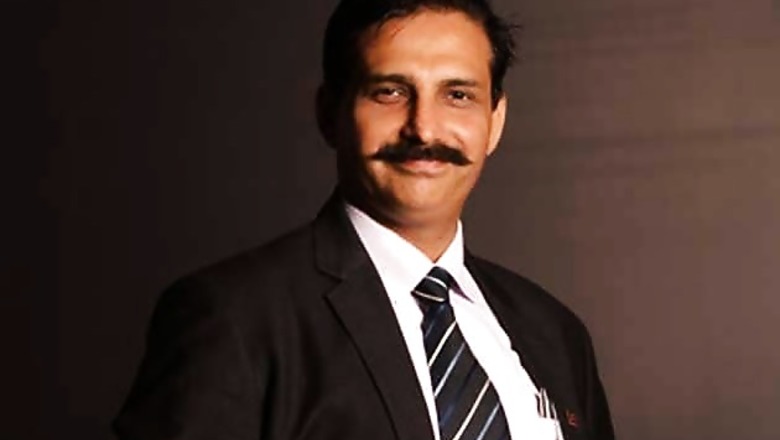
views
In India, World Cup fever might just be over, but not cricket fever. With the Indian Premier League (IPL) season just round the corner, cricket enthusiasts are up for some massive doses of cricketing excitement. And cricket fever doesn't spare anyone in India, including C-level executives.
There's no denying the fact that technology plays an important role in the sports industry, and cricket is no exception. Analytics is one of the most-talked about technologies in business and also in sport, considering what analytics can do for fans, players and team managements. And analytics did play a crucial role in making ICC Cricket World Cup 2015 one of the most technologically advanced cricket tournaments of all time. Firstpost tried to understand how the combo of cricket and analytics works through the lens of a technologist. Basant Chaturvedi, head-ICT of Perfetti Van Melle India, a company known for its candy and sweetmeats, brings in his take on the overall use of analytics technology in cricket and how it applies equally to business.
Chaturvedi believes that analytics insights are making sports even more challenging, and that's a good thing, because sportspeople strive harder. Thanks to analytics everybody is aware of the probabilities, the strategies they need to design to tackle a team, player or even venues. "A higher level of challenge results in a fair and tough competition for everyone. And a game without a challenge is no fun," he explains.
From a fan's point of view, Chaturvedi says data visualisation helps fans like him and other CIOs he knows appreciate and understand cricket better. The visual information brings to life interesting facts about the game, such as the strengths and weakness areas of a batsman and a bowler. So fans can follow and understand the game better, making the overall viewing experience much more exciting.
Today, we see increased usage of analytics technologies in sports for tasks such as gathering statistics about a venue, weather, game wins and losses, team/individual performance, strengths and weaknesses and probable results of the game. "Such insights enable teams to plan their strategies to tackle various unforeseen challenges. Coaches, team captains and individual players have more access to information/data available to them and can transform data into valuable insights. Not only can they can analyse such data, but they can simulate scenarios to see how it will impact the game," he adds.
And, why just sports, the use of analytics has been around in businesses for a few years and is now growing by leaps and bounds in the era of Big Data and the Cloud. Chaturvedi explains that analytics is playing a greater role in making every stakeholder in business proactive thanks to informed insights. An executive in sales knows what his/her consumer likes, preferences, his own performance, conditions influencing the sales, and more.
"Besides that, real-time information from the field keeps top management in the knowing as to what is working in the market and what needs to be done at their end to turn market conditions favourable. Be it products, services, or idea/concept sales, today's dynamics have been transformed thanks to analytical tools and collaboration that leverages these powerful tools," he asserts.
Delving into his own experience he adds, "At Perfetti Van Melle, dashboards are helping us in monitoring KPIs like progress indicators, performance indicators, inventory levels, highlighting grey and risk areas to enable management to quickly act on them."
Social sentiment and predictive analysis are looked upon as the next big things in analytics. On this, Chaturvedi feels business organisations are becoming wiser to connecting big events (like sporting events such as the Cricket World Cup, etc,) with their sales campaigns.
















Comments
0 comment